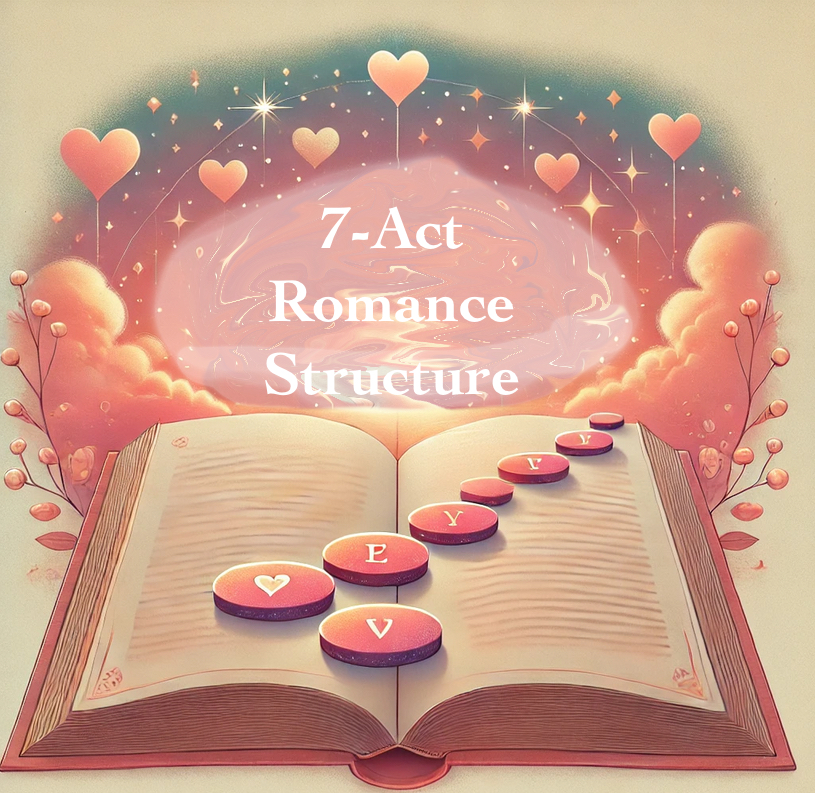
Foundations of Romance Characters: Crafting Realistic Desires, Flaws, and Motivations
Developing romance characters with depth and authenticity goes beyond finding a few surface traits and hoping for sparks to fly. It requires uncovering core desires, motivations, insecurities, and flaws that both connect and challenge two individuals in ways that allow for conflict, growth, and, ultimately, love. Let’s dive into these foundational elements with practical tips, examples, and exercises to bring your romance characters to life on the page.
Core Desires and Motivations
In any romance, the core of a character’s journey often lies in the push and pull between their internal motivations (what they truly need) and external motivations (what they think they want). These layers create depth and give the romance plot a natural tension.
Define What Each Character Thinks They Want
– This is often an outward goal that drives them forward—perhaps a career, a lifestyle, or even an idealized version of love. This external motivation is typically what brings the couple together or creates an initial attraction.
Explore What They Truly Need
– Often, characters don’t realize what they truly need until they are challenged by love. This “true need” is what fulfills them on a deeper level and is often only uncovered through the relationship itself. It’s their journey toward growth and self-awareness.
Example:
– Character A (Ella): Ella believes she wants a stable, predictable partner, especially after a chaotic past. Her external motivation for stability drives her to seek a steady relationship, perhaps with a well-organized, reliable partner.
– Character B (Luke): Luke wants adventure and freedom. He’s had a restricted life and believes he needs to avoid commitment. But his true need is to find a person who loves him for who he is and grounds him emotionally.
– Story Impact: Ella and Luke’s motivations clash. Ella’s yearning for stability collides with Luke’s quest for freedom, creating rich tension. Yet, as they grow closer, Ella realizes her true need is a partner who brings balance, not predictability, while Luke discovers that real freedom comes from allowing himself to connect deeply with someone.
Exercise:
– Write down each character’s goal (what they think they want) and their need (what they truly need). Consider:
– How does their goal create initial attraction or conflict?
– How does their true need emerge in the relationship?
– Craft a scene where this tension is apparent. For example, Ella might get frustrated when Luke changes plans at the last minute, shaking her sense of stability. This scene should reveal their opposing goals and subtly hint at what they truly need.
Flaws and Insecurities
Every character has flaws, but romance characters are especially engaging when these flaws create complications in love. Flaws can arise from deep-seated insecurities, which often impact a character’s ability to trust, open up, or truly connect. Addressing these insecurities throughout the relationship journey adds authenticity to character arcs.
Pinpoint Their Specific Flaws
– These flaws may manifest as a short temper, excessive independence, or emotional guardedness. A flaw should be more than a quirk; it should be a genuine barrier that complicates the romance.
Explore Insecurities and Fears
– What holds them back from being vulnerable? Perhaps one character fears abandonment due to a difficult past, or they struggle with self-worth because of a perceived flaw. Insecurities reveal the obstacles they must overcome to achieve emotional intimacy and ultimately find love.
Example:
– Character A (Ella): Ella is emotionally guarded. She’s insecure about being seen as “too much” after a tumultuous relationship, so she tends to hold back and appear overly composed, even when she cares deeply.
– Character B (Luke): Luke is afraid of commitment, feeling that his value lies in being independent and untethered. His insecurity stems from a past where he was left to fend for himself, creating a self-imposed belief that relying on someone is a weakness.
– Story Impact: When Luke’s avoidance of commitment triggers Ella’s fears of abandonment, misunderstandings occur, leading them to question whether they’re truly compatible. However, as they open up about their fears, they begin to find common ground, allowing them to let their walls down together.
Exercise:
– Identify each character’s flaw and insecurity. Ask:
– What incident in their past reinforces this flaw or fear?
– How does this insecurity specifically affect their romantic interest?
– Write a scene where the character’s flaw leads to a confrontation with their love interest. This could be a situation where they have to confront their insecurities to move forward (e.g., Ella admitting that she’s afraid of being too intense for Luke, who responds by sharing his own struggle with commitment).
Tips for Writing Multi-Dimensional Romance Characters
-
Show Inner and Outer Conflicts Simultaneously
– Whenever possible, let a scene showcase both the external goal and the internal need. For instance, in a scene where Ella and Luke have an argument about plans, Ella’s desire for stability (outer goal) clashes with Luke’s love of spontaneity (inner need for acceptance without conditions).
-
Let Characters Challenge Each Other’s Weaknesses and Grow Together
– Romance isn’t about a perfect match; it’s about finding someone who helps us become better. Show how each character challenges the other’s insecurities and flaws. Luke, for instance, might initially bristle at Ella’s need for structure but ultimately learn to appreciate her depth, while Ella grows to see the value in Luke’s adventurous spirit.
-
Balance Tension and Affection
– Characters should have moments of tension due to their flaws and insecurities but also moments where they see each other’s strengths. This creates a believable balance between conflict and connection, giving readers a reason to root for the romance.
Wrapping It Up: A Character-Driven Romance
Romantic relationships can reveal a character’s deepest fears, strengths, and desires, all while pulling them through the highs and lows of vulnerability. By focusing on what your characters think they want versus what they truly need, as well as how flaws and insecurities affect their romantic journey, you’ll create nuanced, layered romance characters that readers can’t help but fall in love with.
Use these foundations as a guide, and remember: the best love stories are often about imperfect people finding beauty in each other’s flaws and growing together in ways they never thought possible.
Happy writing!
Patti Ann
P.S. Feel free to leave us a comment or share some of your writing exercise results.




One Comment
Pingback: